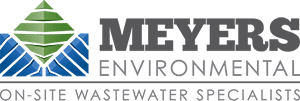Our Company Was Founded
On Quality and Respect
On Quality and Respect
Our company was founded on one simple concept: Treat your property as if it was our own. Quality and respect is our promise, not just to you, but to our environment. It’s not what we do, but who we are!
At Meyers Environmental we understand that you don’t deal with septic systems and wastewater treatment everyday, but we do. It is our goal to minimize the impacts of wastewater both on the environment and on your property. Education is central in our partnering with you to achieving that goal.
Meyers Environmental is focused on being your provider of choice. We seek to utilize new technologies and the highest quality products to deliver the best solution for your site. We provide industry certified technicians to handle your service and installation needs.
Professional Services
Septic Tank Cleaning
- Includes Free 5 Point Inspection
- Includes No Charge for Digging down to 12″
- Discount for sites with Tank Risers
Complete System Design and Installation
- End to End Design and Installation
- Meet & Exceed All State and County Regulations
- Full Permitting and Regulatory Approval
- Engineered Stamped Drawings as Needed
- Technically Proficient and up to date with all Septic Technologies
Sewer/Water Line Connections
- Repair and Maintenance of collapsed, blocked and corroded lines
- Connection to Municipal Sewer Lines where available
Real Estate Transfer Inspection
- Tank Cleaning Required
- Complete System Inspection
- Full Evaluation Report Provided
Repair/Maintenance both Residential/Commercial
- Diagnosis of Failed/Sub-Par performing systems
- Video Pipe line inspection
- Jetting of lines
Pump Stations
- Site evaluation to determine need
- Design and Installation
- Includes electrical requirements
- Monitoring Contracts offered
Drainage Systems
- Assessment of Issues
- Recommendation for Solutions
- Repair Services Available
Beverage Producers Solutions
- Agricultural production on-site waste water
- Wine
- Cider
- Beer
- Milk
Construction Management (Local and Out of Area or State)
- End to End over sight of On-Site Waste Water design and installation.
- Sub-Division and Mobile Home Park Development
- Engineering engagement
- Material and Equipment sourcing
- Permitting
- Sub-Contracting Installation
- Code enforcement
- Final Approval
Consulting Services (Local and Out of Area or State)
- Second Opinions
- Legal Disputes



